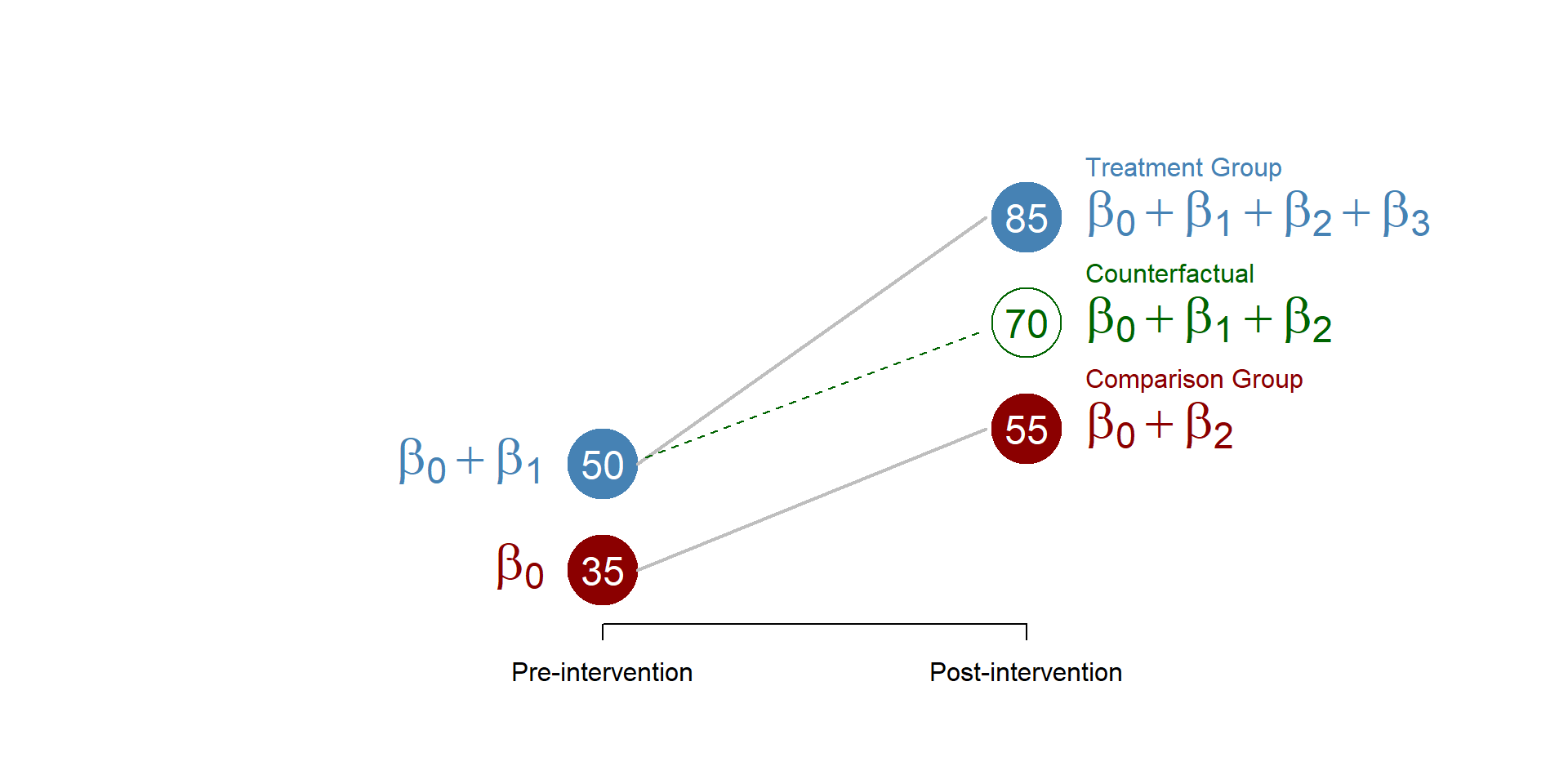How can I get etable to diplay coefficients in eform? I couldn't find a documentation for it in etable command. Thanks
Code:
* Example generated by -dataex-. For more info, type help dataex clear input byte(y did group) float time byte parid 0 0 1 0 1 1 1 1 1 2 0 1 1 1 3 0 0 1 0 4 0 0 1 0 5 0 1 1 1 6 0 0 1 0 7 0 0 1 0 8 0 0 1 0 9 0 0 1 0 10 0 0 1 0 11 0 1 1 1 12 0 0 1 0 13 0 1 1 1 14 0 1 1 1 15 0 1 1 1 16 . 1 1 1 17 0 0 1 0 18 0 1 1 1 19 0 0 1 0 20 1 1 1 1 21 0 0 1 0 22 1 0 0 0 23 0 0 0 0 24 0 0 0 0 25 . 0 0 1 1 0 0 0 1 2 0 0 0 0 3 0 0 0 1 4 0 0 0 1 5 0 0 0 1 6 0 0 0 1 7 0 0 0 0 8 0 0 0 1 9 0 0 0 0 10 0 0 0 1 11 0 0 0 1 12 0 0 0 0 13 1 0 0 1 14 0 0 0 0 15 0 0 0 1 16 0 0 0 0 17 0 0 0 0 18 1 1 1 1 19 1 0 1 0 20 0 0 1 0 21 1 1 1 1 22 0 0 1 0 23 0 0 1 0 24 0 0 1 0 25 end label values y y label def y 0 "Not Very Aware", modify label def y 1 "Very aware", modify label values group group label def group 0 "Control", modify label def group 1 "Intervention", modify label values time time label def time 0 "Baseline", modify label def time 1 "Endline", modify
Code:
xtset parid xtgee y i.did i.group i.time, family(binomial) link(probit) i(parid) t(time) ereturn list estimates store y margins, dydx(did) at(group = 1 time = 1) matrix B = r(b) scalar y_dydx = B[1,2] matrix b = e(b) matrix b[1,2] = y_dydx erepost b = b estimates store y estimates replay y etable, estimates(y) stars(.05 "*", attach(_r_b)) showstars showstarsnote eqrecode(y=xb) column(dvlabel) cstat(_r_b)
Code:
GEE population-averaged model Number of obs = 48
Group variable: parid Number of groups = 25
Family: Binomial Obs per group:
Link: Probit min = 1
Correlation: exchangeable avg = 1.9
max = 2
Wald chi2(3) = 5.17
Scale parameter = 1 Prob > chi2 = 0.1596
-------------------------------------------------------------------------------
y | Coefficient Std. err. z P>|z| [95% conf. interval]
--------------+----------------------------------------------------------------
1.did | .2982122 1.005176 0.30 0.767 -1.671896 2.26832
|
group |
Intervention | -.0252552 .7529433 -0.03 0.973 -1.500997 1.450487
|
time |
Endline | .0082213 .7968892 0.01 0.992 -1.553653 1.570095
_cons | -1.398875 .5682962 -2.46 0.014 -2.512715 -.2850349
-------------------------------------------------------------------------------
.
. etable, estimates(y) stars(.05 "*", attach(_r_b)) showstars showstarsnote eqrecode(y=xb) column(dvlabel) cstat(_r_b)
-------------------------------
y
-------------------------------
did
1 0.298
group
Intervention -0.025
time
Endline 0.008
Intercept -1.399 *
Number of observations 48
-------------------------------
* p<.0


Comment